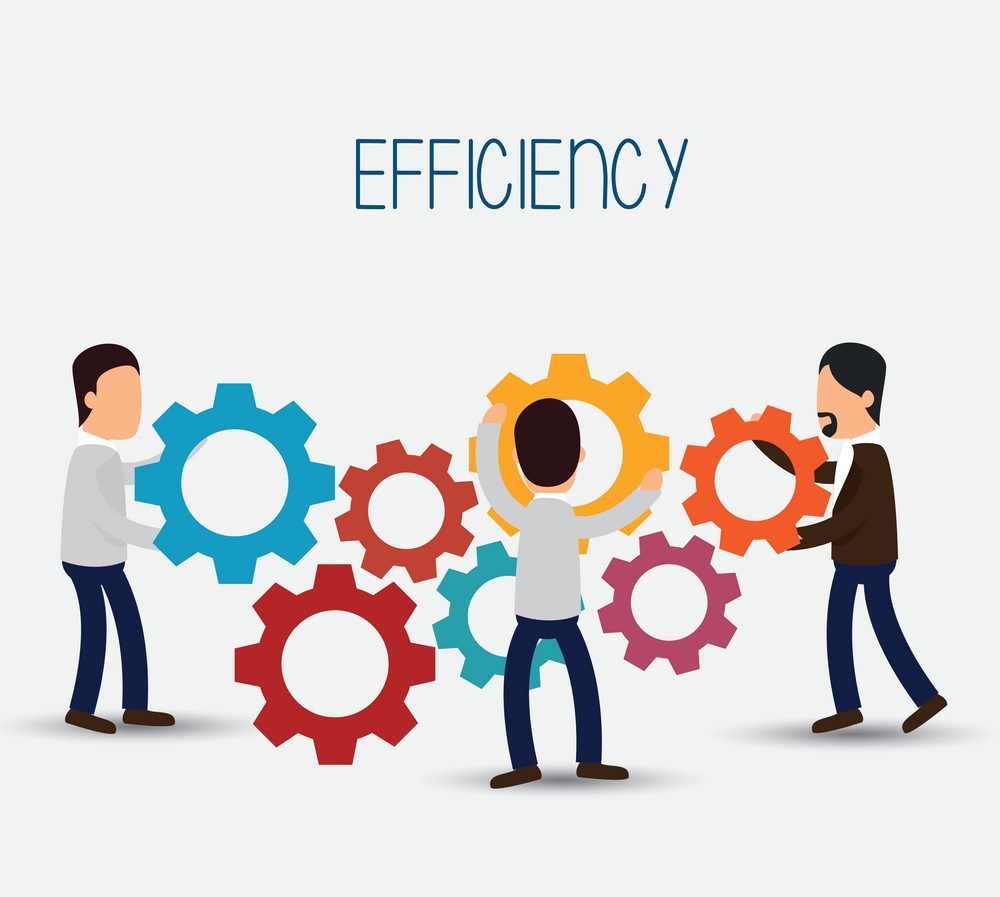Productivity is defined as the work done in relation to the resources. It is essential for every fleet manager to know how productive his fleet is. There is no standard formula to calculate the productivity of a fleet as it depends on various factors however there some basic measures you could use.
- Jobs completed: how many deliveries or jobs completed
- Asset utilization: either by total kilometers/miles driven or hours of use.
- Fuel economy: how much fuel has been used for the total usage.
- Maintenance: maintenance cost per kilometer or per hour of use.
- Safety: accidents and injuries recorded
Companies may use these or similar methods to ascertain how productive their fleet is.

Fuel is one of the major and daily costs in fleet operations. It is a major cost even in countries where fuel is cheaper than regular bottled drinking water. Companies have implemented many functions to control their fuel usage. Same as all other functions, the same function used for fuel control in one company cannot give the same results in another. This again depends on many factors including mainly the kind of fleet and use of the fleet. Based on this you need to review which function would be best suitable to control the fuel costs for your fleet. You can read through the telematics section Tools below for possible ways to control fuel usage.
Mileage is not always a true indicator of actual vehicle use and wear and tear. For many companies, hours in use is also an important metric of measurement. Hours are calculated based on the engine idling time. Why is engine idling important? An idling engine also causes wear and tear in an engine. According to www.fueleconomy.gov an idling medium duty fleet vehicle can use up to half a gallon of fuel per hour. Based on use of the fleet, the costs are calculated either per mile/Kilometer or per hour use of the fleet.
In one of our projects for a company we identified heavy duty vehicles idling up to 8 continuous hours, during a certain period in a year, consuming up to 30 liters of diesel during each idling period. It initially was surprising to the senior management who are not on the field. But on identifying the reason they had to continue the vehicles idling for so long until an alternate solution was in place.
It also depends on what the fleet or equipment is being used for. For some fleet owners the use can be a mix of miles and hours. In such the fleet owner based on their objectives and use of fleet will have to decide to calculate the cost per mile/kilometer or per hour use of the fleet.
Tools
New tools will be added and updated whenever available, hence keep visiting for new and updated tools

